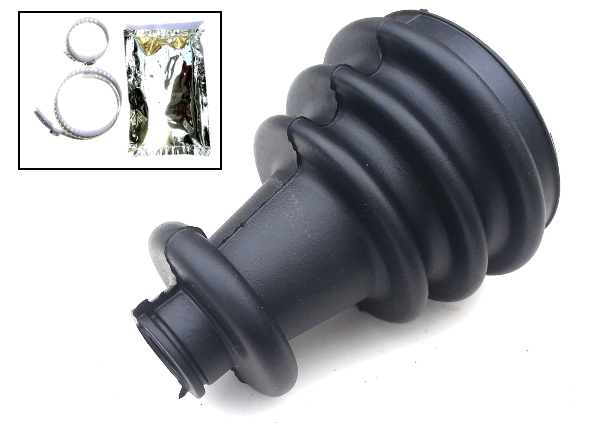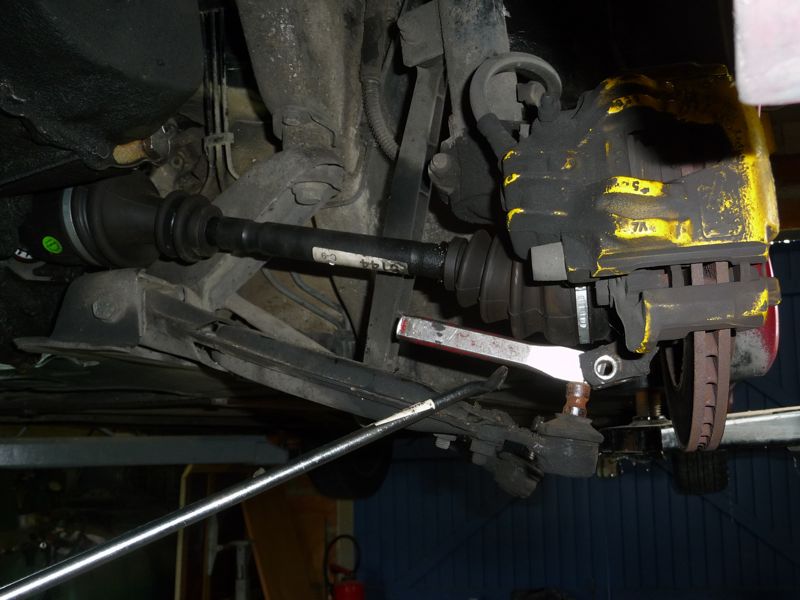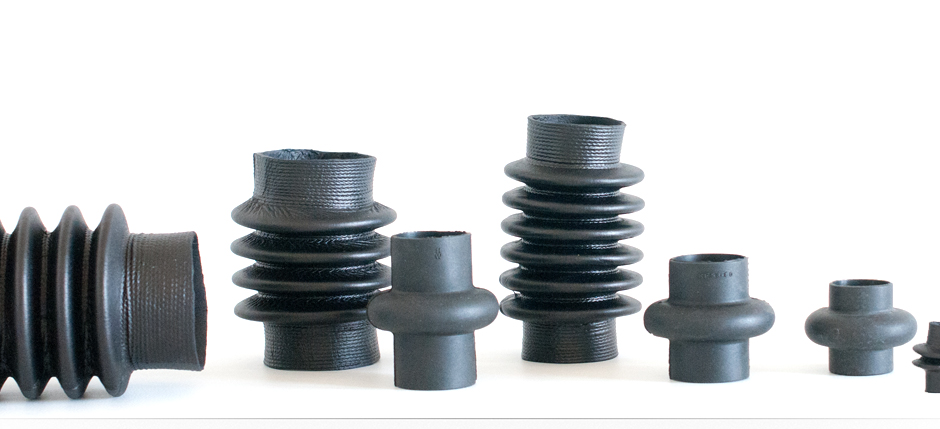Summary
– What is a cardan bellows?
– Replacing the transmission bellows
– Range of bellows available as replacements
The cardan bellows, or transmission bellows, protect the transmission and joints from external aggressions (water – sand projections – impurities, etc.). Below is everything you need to know about cardan bellows.
What is a cardan bellows?

The transmission bellows is a flexible rubber or plastic sheath in the shape of an accordion, which envelops the transmission’s homokinetic joints.
These joints can be composed of needle bearings or balls sliding in a track, all embedded in the grease.
Good to know: the constant velocity joints are the designation of the 2 joints that make up the transmission and allow the transmission of differential output rotation to the wheel without jerks or jerks, despite steering angles.
Replacing the transmission bellows
When to replace your bellows?
It is necessary to replace a bellows if it is torn or cracked.
Caution: it is imperative to check the condition of the transmission. If you notice a play in the constant velocity joint or cracking when testing the vehicle, it must be replaced.
How do I replace a transmission bellows?

First of all, if you don’t like to work with greasy hands, which is rarely a pleasure, go ahead and leave the job to a professional.
For others, here’s how to proceed:
– After removing the wheel and the transmission nut, uncouple the lower ball joint from the lower arm, take the transmission bowl out of the hub without disengaging the transmission from the transaxle (otherwise, the transmission oil will leak).
– Remove the 2 clamps, cut the bellows with a cutter, and remove it.
At this point, you have 2 possibilities:
– The bowl is attached to the transmission shaft by a clip: you must then undo this clip and remove the bowl by hitting it with a mallet. All that’s left to do is put on the new bellows, fill it with grease and the bowl, and carry out the operations in reverse to put it back in place.
– The drive shaft ends in a socket where rollers insert the bowl. The two parts are difficult to separate, and the diameter of the bell prevents the transmission bellows from being inserted, so a unique funnel-shaped tool must be used to position it on the bowl. Beforehand, lubricate the assembly (device and bellows) abundantly, turn the bellows upside down (like a sock), put it on the device, and push it vigorously on the other side of the bowl.
Its elasticity allows you to gradually increase its diameter to be able to pass the bowl. Once this is done, proceed with the reverse operations of the removal.
Good to know: If you don’t like contact with grease and tedious hand cleaning, wear disposable vinyl gloves.
Range of bellows available as replacements
There are 3 types of replacement bellows.
Transmission bellows: original part
Available at the spare parts department of the brand’s dealership, this bellows, as its name indicates, is the replica of the original bellows, with the same characteristics, and therefore undeniably the best suited for your vehicle.
Its significant disadvantage is its price: you will pay an average of $150, which is much more than the following types of bellows.
Adaptable bellows
You will find this product at car accessory stores and some car repair shops:
– This bellows is available in different diameters and shapes corresponding to the origin.
– Normally, 5 to 6 brands are covering 70 to 80 % of the car fleet.
– This type of bellows is an excellent alternative to the original bellows because of its price (on average $50) and its quality.
“Standard” or “universal” bellows
This type of bellows’ promoters claim its universal adaptation whatever the type of vehicle at an unbeatable price ($20 to $30).
It is a flexible bellows with rings of increasing diameter on each side to be cut to the desired value.
Its disadvantage is its imposing general shape to be able to adapt to any transmission. It is necessary to be extremely careful not to contact the suspension arms or the ball joint screws, for example. In short, quickly assembled, quickly deteriorated…
Hope the above helps you out. Next time the mechanic talks about the cardan bellows, you’ll know what he is talking about.


1 comment
[…] What Is a Cardan Bellows […]